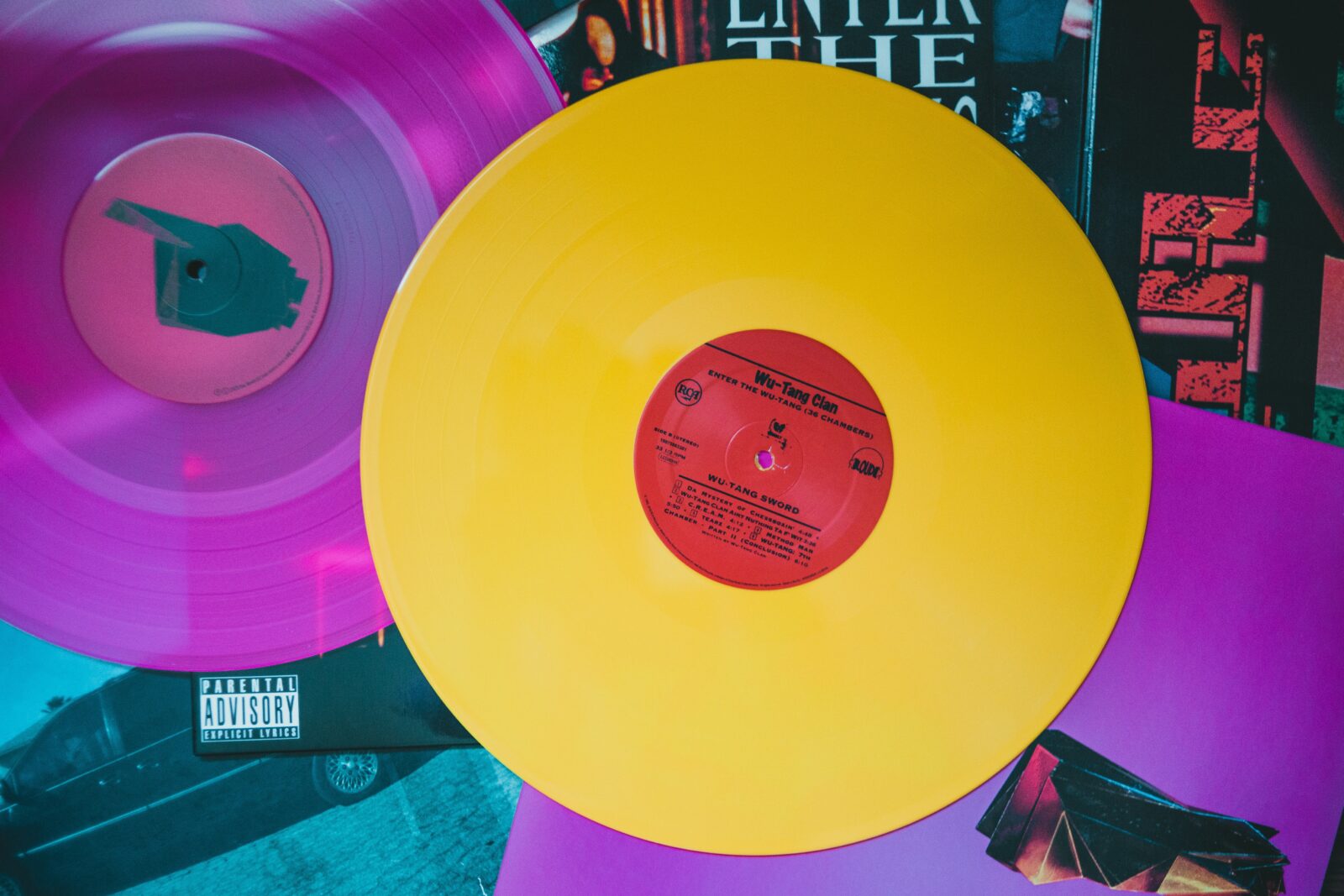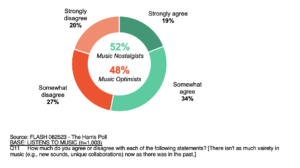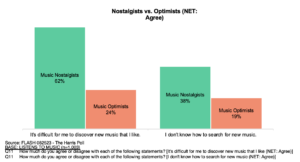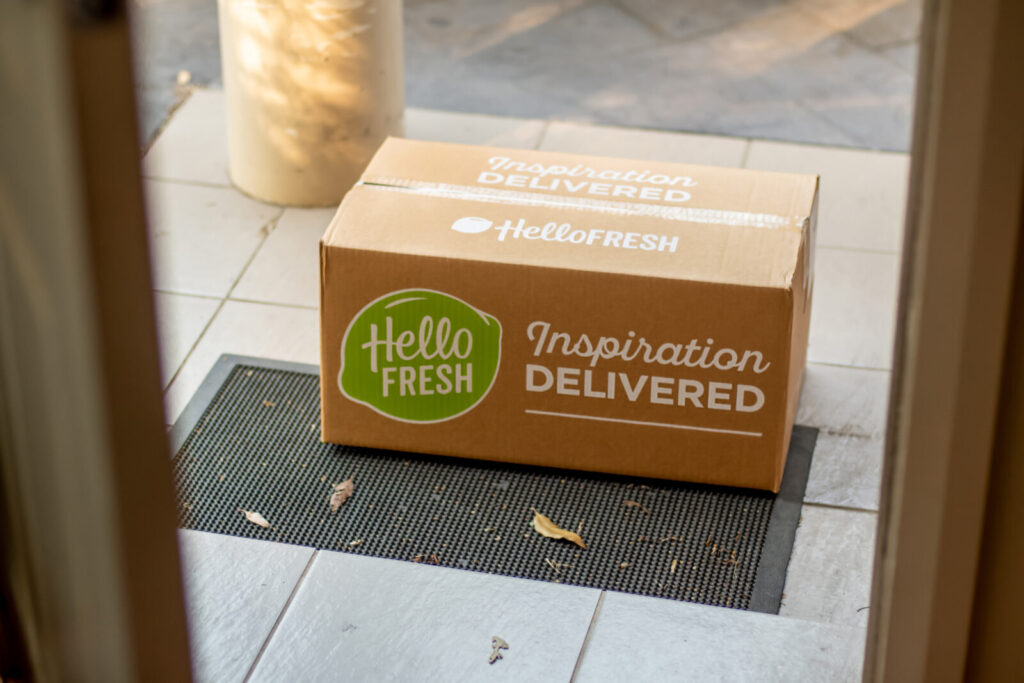Brief • 1 min Read

Are songs topping the Billboard charts beginning to sound the same? A large portion of American listeners seem to think so. Just over half (52%) agree that there isn’t as much variety in music now as there was in the past, according to a recent Harris Poll.
Country’s resurgence into the pop charts seems to add credence to this sentiment. Jason Aldean’s “Try That in a Small Town,” Morgan Wallen’s “Last Night,” and Luke Combs’ cover of “Fast Car” dominated this summer’s Billboard Hot 100, making 2023 the first year in Billboard’s history where the chart’s top 3 spots were occupied by country songs.
The “same” has always changed
Concern about popular music’s homogeneity isn’t new. At the beginning of the 2020s, fear that the “Tik Tok music formula” would take over the pop charts dominated music discourse. Listeners and critics alike worried about what the sudden influx of short, repetitive, nursery-rhyme inspired tracks seemingly engineered for virality meant for the state of creativity in the music industry.
Similarly, hesitance over a small number of songwriters penning the majority of popular music was a prominent industry talking point in the early 2010s. As chart-topping songs were being penned by fewer and fewer songwriters, audiences were concerned that the number of sonic possibilities and perspectives expressed in mainstream music was shrinking.
Last decade’s bubbly pop and TikTok hits from the height of the pandemic are stylistically miles away from today’s top hits. While mainstream music has continued to aesthetically evolve over time, worries about the decreasing variety in music remains popular topic.
However, research seems to show that perceiving a decline in the variety of current music might illustrate more about a listener’s music consumption habits than the tracks that are available to them.

Listen to the deep cuts
Music nostalgists’ (those who perceive a decrease in the variety of music) and music optimists’ (those who don’t perceive a decrease in the variety of music) appear to listen to music differently, and those differences likely inform their perceptions of current music.
One of the most important driving factors of how listeners view the current state of variety in music is the frequency in which they encounter songs that they haven’t heard before. Nostalgists spend significantly more time than Optimists listening to tracks they’ve heard before (on average, 65% vs. 58% respectively of total time spent listening to music).
The difference in exposure to new music is striking. The most apparent implication is that lack of exposure to new music is likely linked to a negative view of current music’s variety. That is, the less one exposes themselves to music they haven’t heard before, the less likely they are to hear sounds they perceive as unique. They might listen to a smaller number of chord progressions, timbres, and tonalities than those who are more regularly exposed to new music, cultivating the notion that music variety on the whole is decreasing.
Another implication is that perceiving a decrease in the variety of new music could push one into smaller and smaller music ecosystems. As audiences decrease the amount of time listening to songs they haven’t heard before, they might feel less comfortable exploring albums, artists, or even genres that they are unfamiliar with. This, again, has the potential to impress on a listener that music is becoming more homogenous.
Discover Weekly
Where a listener predominantly consumes music and their perception of variety in music also seem to be linked. Nostalgists report significantly more than Optimists that they predominantly listen to music on a streaming service (59% vs. 49% of Optimists). Radio is one of the only music sources that Nostalgists report that they predominantly use more frequently than Optimists (22% vs. 18% Optimists).
The ways listeners choose to consume music has a major influence on what types of music they are exposed to. Listening to music predominantly on radio stations constricts the variety of songs one hears on a regular basis, as most radio stations only play a relatively small number of different tracks. In contrast, listening to music predominantly on streaming services likely expands one’s musical diet, due to the presence of playlists and autoplay features providing listeners with an endless stream of new music based on their preferences.
Nostalgists report more frequently than Optimists that it’s difficult for them to discover new music that they like (62% vs. only 24% of Optimists), further illustrating the effect listening preferences have on one’s overall view of the state of music.
That said, most Nostalgists want to find new music to listen to. Four in five (79%) Nostalgists are interested in discovering music that they haven’t heard before, but a notable sum (38%) don’t know how to search for it.

Anyone can be a fan
This is where music streaming services step in. While music streaming services may seem ubiquitous to some, they still overwhelmingly target music enthusiasts in their marketing efforts. Most music streaming services’ retention strategies are built around exposing listeners to new sounds, and then giving them an easy path to repeatedly access both new discoveries and familiar favorites. Music streaming services are missing an opportunity by not specifically targeting the 52% of listeners who perceive a decline in music variety. This audience has an interest in discovering new music, but not necessarily the knowhow.
A final notable difference between the groups is that Nostalgists self-identify as music enthusiast much less frequently than Optimists (62% vs. 71% respectively). Using marketing spend to create new music enthusiasts could only broaden a streamer’s audience and increase their reach.
Streamers putting more focus on music discovery could also prevent subscription dips, and could further cement that they are providing a fundamentally different service than radio. A streaming service that is specifically geared toward music discovery could also differentiate itself from competitors in the industry by highlighting its ability to expose listeners to niche or underrated music.
What music one enjoys is subjective, but viewing music as increasingly homogenous is likely influenced more by one’s listening habits than what music is currently being created. That said, the idea that music is becoming more homogenous could be a great opportunity for streamers, as they have the opportunity to convert more apathetic listeners into enthusiasts by highlighting their ability to prove that notion wrong. With increased exposure to new sounds, maybe music will sound more varied to listeners who are nostalgic for songs of the past.
This survey was conducted online in the United States by The Harris Poll from August 25th, 2023 to August 28th, 2023 among 1,053 U.S. adults ages 18+. Figures were weighted where necessary to align with actual proportions within the United States’ population. For additional information, please contact The Harris Poll’s Central Insights research team.
Subscribe for more Insights
Subscribe to our newsletter for the latest trends in business, politics, culture, and more.
Related Content









